Peru Blueberry Cultivation and Drip Irrigation Facilities
Peru, as one of the significant producers of blueberries, places immense importance on cultivation techniques and irrigation management. The application of drip irrigation facilities in blueberry cultivation not only effectively boosts production but also conserves water resources, serving as a crucial means for achieving efficient cultivation.
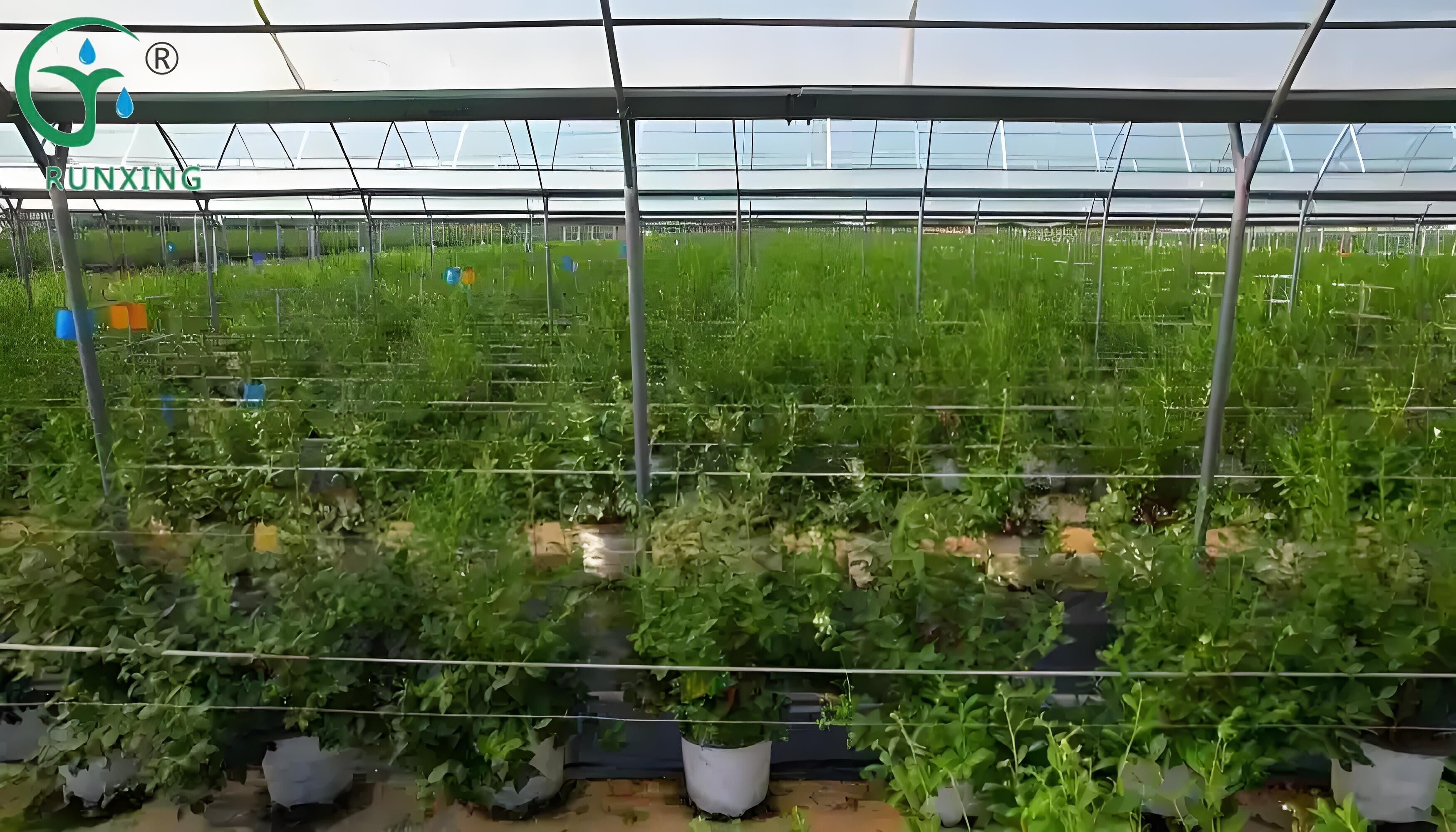
Does Peru Blueberry Cultivation Require Drip Irrigation Facilities?
Yes, Peru blueberry cultivation necessitates drip irrigation facilities. Blueberries have high demands for water and fertilizers, and their shallow root system makes them susceptible to drought and waterlogging. Drip irrigation facilities can precisely deliver water and fertilizers to the plant roots, reducing evaporation losses and preventing soil erosion, thereby enhancing the growth quality and yield of blueberries.
What Drip Irrigation Equipment is Needed?
In Peru blueberry cultivation, commonly used drip irrigation equipment includes water sources, pumps, filters, fertilization devices, and water emitters. Specific equipment is as follows:
Water Source: Provides the necessary water resources for irrigation.
Pump: Used to pump water into the drip irrigation system.
Filter: Includes centrifugal filters, mesh filters, disc filters, sand filters, etc., to prevent impurities from clogging the drip irrigation pipes.
Fertilization Device: Such as fertilizer tanks, Venturi fertilizer injectors, fertilizer applicators, etc., used to mix fertilizers with water and deliver them into the drip irrigation system.
Water Emitter: Such as drip irrigation tubes, drip irrigation tapes, drip arrows, etc., used to directly deliver water and fertilizers to the roots of blueberry plants.
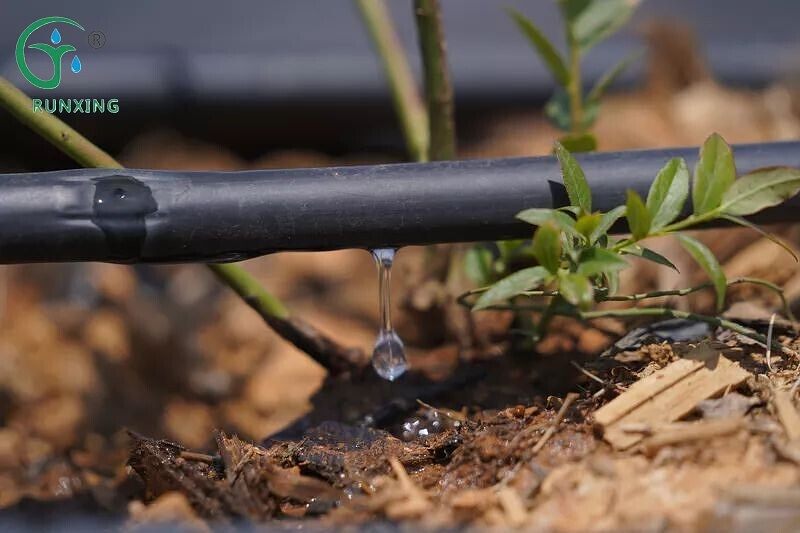
How to Lay Out and Install Drip Irrigation Equipment?
The steps for laying out and installing drip irrigation equipment are as follows:
System Planning: Based on the terrain and area of the blueberry plantation, plan the layout of the drip irrigation system and determine the locations for the water source, pump, filter, fertilization device, and water emitters.
Equipment Installation: Install the water source, pump, filter, fertilization device, and other equipment according to the plan, and connect the pipes and water emitters.
System Debugging: Check the installation of the system to ensure there are no leaks or blockages, and conduct debugging to ensure the system operates normally.
How Much Water is Needed?
The water consumption of blueberries is related to their growth stage, climatic conditions, soil type, and other factors. Generally, one mu (approximately 0.0667 hectares) of blueberry cultivation requires approximately 2,000-5,000 cubic meters of water. During the growth period, blueberries have higher water demands, whereas during fruit ripening, it is necessary to avoid over-irrigation to prevent fruit cracking.
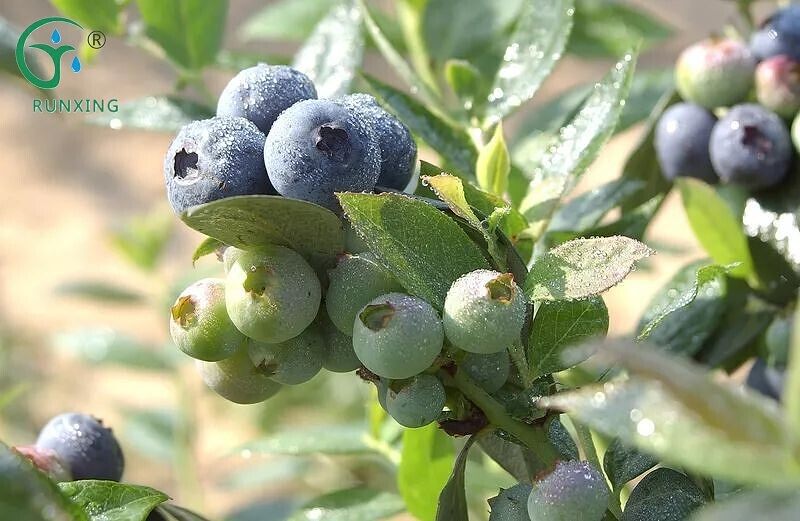
How to Control Water Consumption?
Methods to control water consumption include:
Installing Soil Moisture Sensors: By monitoring soil moisture, adjust the irrigation amount in a timely manner to ensure the soil maintains an appropriate level of moisture.
Using Timed Automatic Watering Controllers: Set irrigation times and amounts to achieve automated management and reduce labor intensity.
Adjust Irrigation Amounts Based on Weather Conditions: Increase irrigation amounts during dry weather and reduce manual irrigation during rainy seasons.
How to Better Cultivate Blueberries?
To better cultivate blueberries, attention should be paid to the following points:
Soil Selection: The most suitable soil for blueberries is acidic soil with a pH value between 4.5-5.5 and good drainage. If soil conditions are not optimal, adjust the soil pH by adding composted leaf soil or sulfur powder.
Fertilizer Selection: Choose fertilizers suitable for blueberry growth, generally composite fertilizers, and add trace element fertilizers as needed based on soil conditions and blueberry growth stages.
Irrigation Management: Adopt drip irrigation systems to precisely control irrigation amounts and times, keeping the soil moist but not overly wet.
Pruning and Trimming: Conduct a comprehensive pruning every winter to remove diseased and insect-infested branches and overly dense crossing branches, allowing the canopy to be well-ventilated and lighted, which is conducive to fruit growth and quality improvement.
Pest and Disease Control: Use biological control methods or low-toxicity pesticides for spraying, timely prevent and control pests and diseases, and protect the growth environment and fruit quality of blueberry trees.
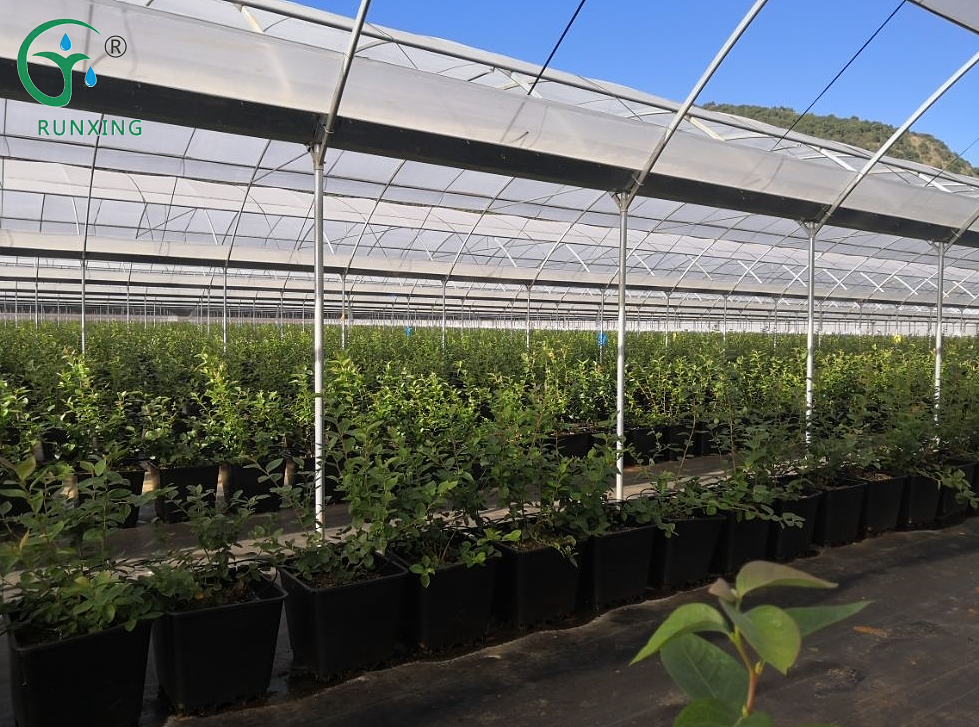
Cultivation Tips
Reasonable Planting Density: When transplanting blueberries, maintain appropriate spacing to avoid plants competing for nutrients and sunlight.
Regular Fertilization: Remember to fertilize every spring and autumn to provide sufficient nutrition for blueberry trees.
Cold Protection and Warmth Preservation: Before winter arrives, take measures for cold protection and warmth preservation, such as setting up windbreaks or covering with straw, to ensure blueberry trees safely survive the winter.
Record Keeping and Observation: Observe and record the growth status, leaf color, fruit size, and other details of blueberry trees to promptly identify and address problems.
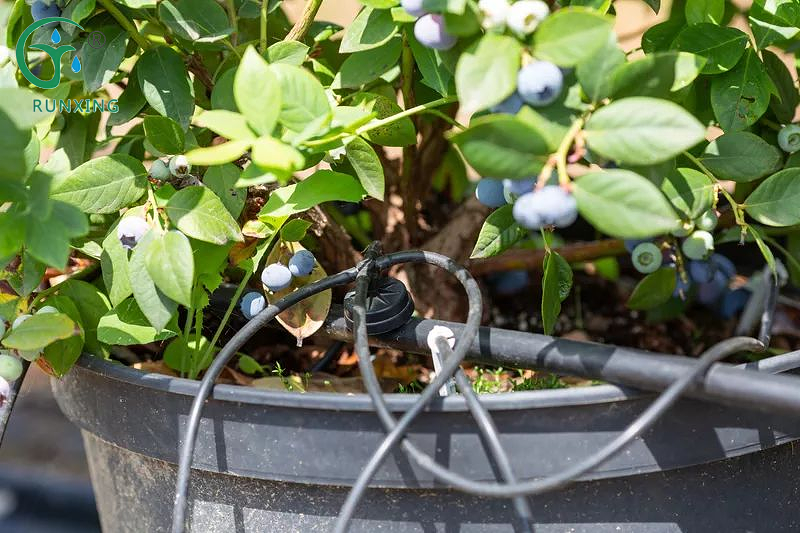
By adopting the above measures, the yield and quality of Peru blueberries can be significantly improved, achieving efficient cultivation.
If you have any needs, please contact us.
About Us
We are dedicated to offering innovative, water-saving, and labor-saving irrigation solutions for agriculture worldwide. Our focus on quality and continuous innovation drives the development and progress of the industr


